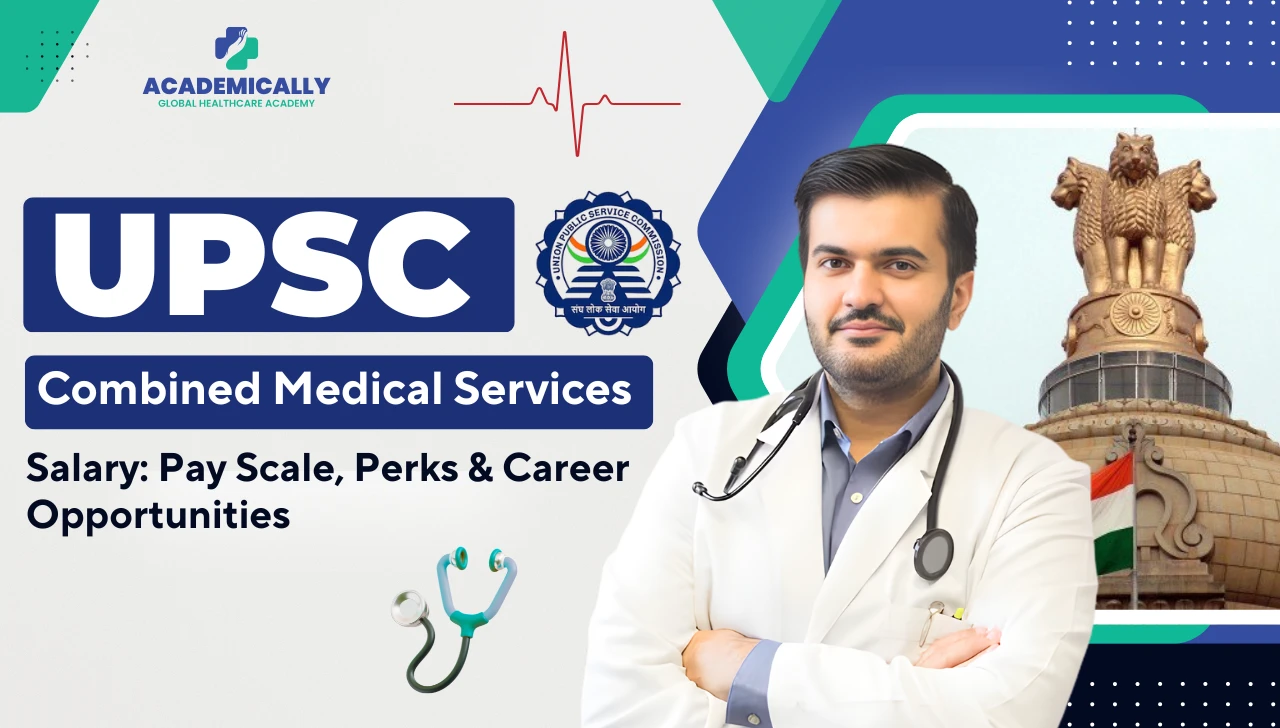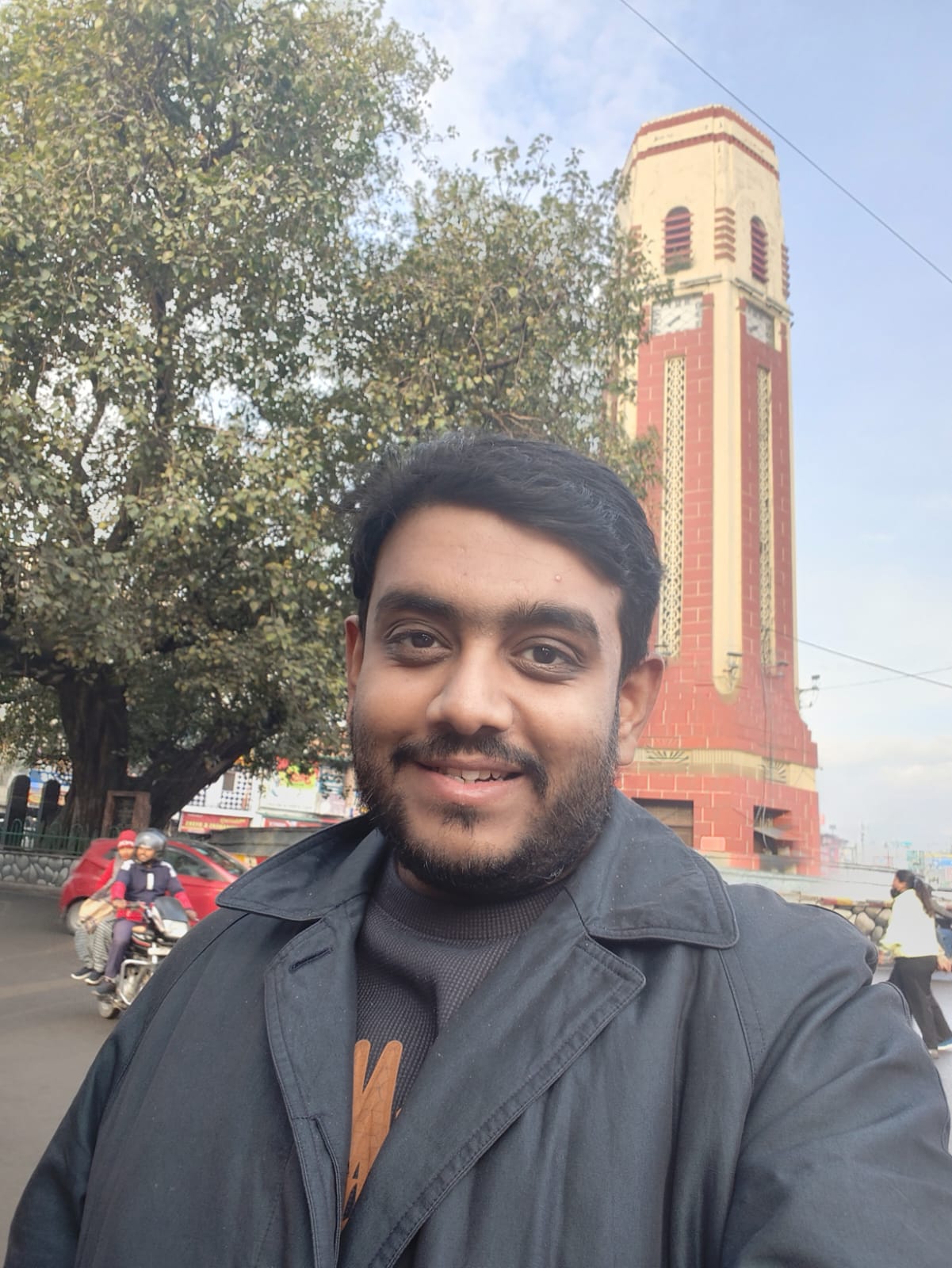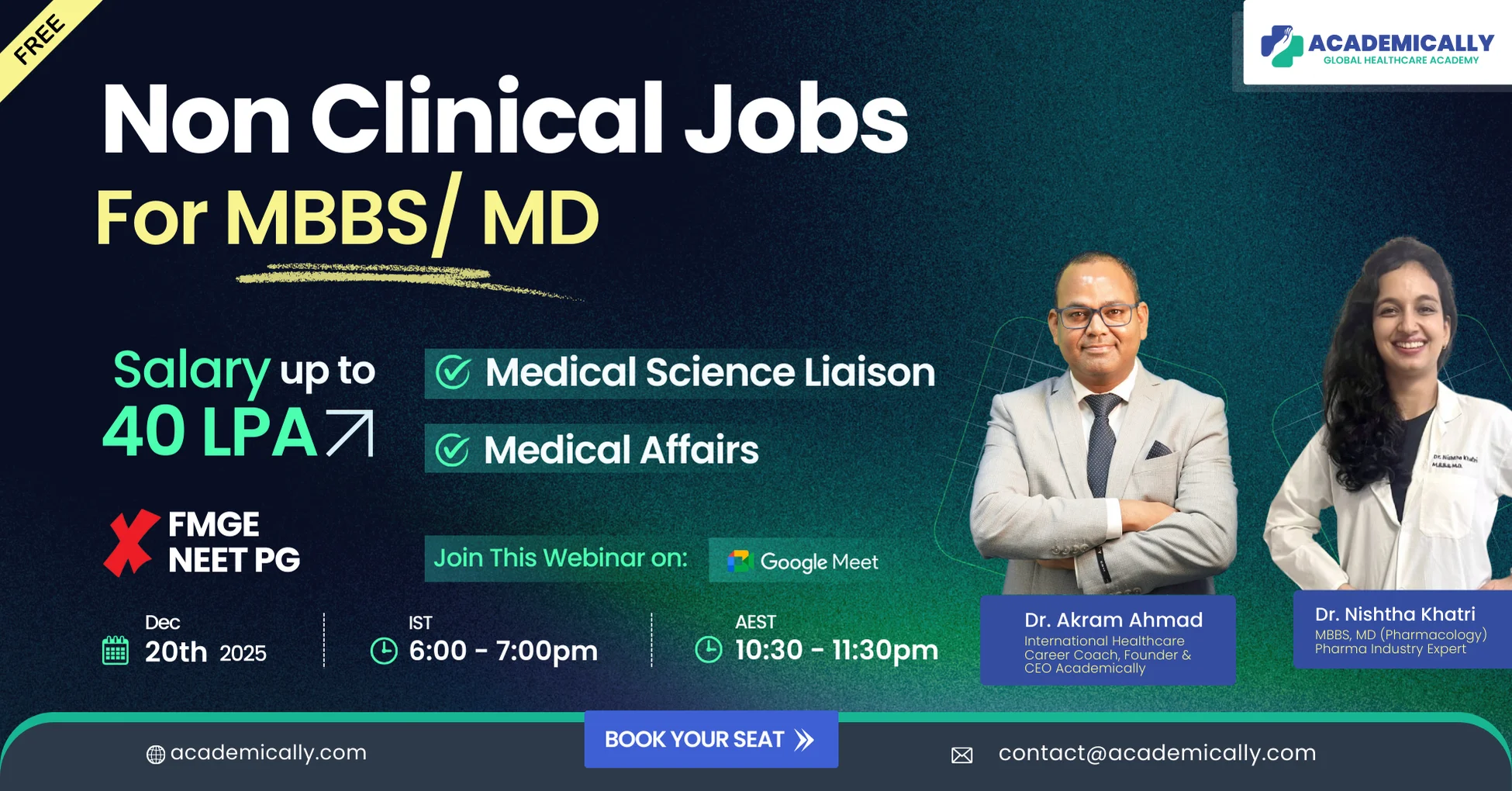Are you an MBBS graduate or a registered doctor looking for government jobs in medical services? Then you must appear for Union Public Service Commission (UPSC). Around 60,000 people apply for this exam every year. So you can understand it is a highly sought-after pathway. Among several factors that make it attractive, one stands out: the salary, perks, and career growth. In this blog, you will know about the salary of UPSC CMS posts, allowances, perks and career
What is the UPSC CMS?
The Combined Medical Services Examination is conducted by the UPSC for recruitment into various Government of India medical services, such as posts in the Central Health Service (CHS), Indian Ordnance Factory Health Service, the Railways (Assistant Divisional Medical Officer), etc. These posts fall under Group A and Group B services of the Centre. The exam is open to MBBS graduates (subject to age, nationality and other eligibility criteria).
Pay Scale & Basic Salary
- The basic pay for many CMS posts begins at ₹ 56,100 per month, corresponding to Level 10 of the 7th CPC Pay Matrix.
- The pay range for Level 10 is approximately ₹ 56,100 to ₹ 1,77,500 per month in the matrix.
- For certain special cadres (for example, aviation medical officers or equivalent), posts may fall under Level 11 (₹ 67,700 to ₹ 2,08,700) plus allowances.
What “Basic Pay” Means
“Basic pay” refers to the fixed monthly pay excluding allowances. Once allowances (DA, HRA, TA, NPA, etc.) are added, the gross salary becomes higher. Many times, what aspirants see in job listings refers to “basic pay” as per the matrix, with allowances to be specified.
Post-Wise Salary Brackets
Here are representative figures (based on recent data):
- Medical Officer (CHS) – Level 10: ₹ 56,100 to ₹ 1,77,500.
- Assistant Divisional Medical Officer (Railways) – Level 10: ₹ 56,100 to ₹ 1,77,500 + NPA.
- General Duty Medical Officer (GDMO) in Delhi Municipal/Corporation – Level 10: ₹ 56,100 to ₹ 1,77,500 (+ restricted NPA in some cases).
What This Means in Practice
If you join fresh (i.e., zero years of service) in a CMS post at Level 10, your basic pay will likely be near ₹ 56,100. Over years of service, through annual increments and promotions, you can move up the index in the Pay Matrix. Eventually reach nearer the top of Level 10 (or higher level posts) with basic pay approaching ₹ 1,77,500 (for that level). Then allowances (which often scale) will further boost gross pay.
Allowances, Perks & Take-Home Salary
Major Allowances
Here are the key allowances you should know about:
- Dearness Allowance (DA): This allowance compensates for inflation. It is applied to basic pay (and sometimes NPA) and is revised periodically.
- House Rent Allowance (HRA): Varies by city category (X, Y, Z cities) often 24% / 16% / 8% of basic pay (or as per government rules).
- Travelling Allowance (TA): For official travel, duty, etc. Some sources list example amounts (₹3,600/₹7,200 + x%) in older scales.
- Non-Practiing Allowance (NPA): For medical officers, especially in certain services who are not permitted to practise privately, an NPA is provided. For example, some sources say 20% of basic pay.
In-Hand Salary/Take-Home
While the gross salary is basic + allowances, the in-hand salary is what you receive after deductions (taxes, pension/CPF contribution, insurance, etc.).
- Many sources estimate the in-hand salary to be around 70 to 75% of the gross salary for CMS posts.
- For a fresh candidate with basic ₹ 56,100 plus allowances, the in-hand may be in the ball-park of ₹ 70–90 000/month. It depends upon posting city, allowances and deductions. (This is an estimate, actual will vary.)
- With seniority and higher basic, in-hand can approach ₹ 1 to 1.5 lakhs/month or more, depending on posting and allowances.
Other Perks & Benefits
- Pension and gratuity are applicable as per government service rules.
- Leave encashment, time-bound promotions, central government health schemes, government accommodation (depending on service/role), official transport, etc.
- Job security & prestige of working as a government medical officer under the central services.
Complete Breakdown
- Basic: ₹56,100
- DA (say ~35% – actual rate changes) ~ ₹ 19,635
- HRA (say city category X at 24%) ~ ₹13,464
- NPA (20% of basic) ~ ₹11,220
- Other allowances (TA, uniform, allowances) may be ~ ₹5,000 to 10,000
- Gross estimate ~ ₹105,000/month
- Minus CPF/pension contribution, taxes, etc., maybe ~ ₹20,000
- Estimated in-hand ~ ₹85,000/month
Probation, Promotion & Career Growth: How Does it Look Like For You?
Probation Period
- The probation period for CMS officers may vary from 1 year to 2 years, depending on cadre/service.
- During probation, you receive your normal salary, but your posting may be contingent on satisfactory performance.
- If performance is not deemed adequate during probation, termination or non-confirmation may happen in some services.
Promotion & Time-Bound Growth
- After confirmation and a few years of service, officers become eligible for increments, higher stages in the same level, and eventually promotion to higher pay levels (Level 11, 12, etc.), depending on cadre and promotions.
- For example, the aviation medical officer post (Level 11) shows one route to move ahead.
- Typically, an annual increment of ~3% is built into the pay matrix framework (7th CPC).
- With seniority (10–15 years+), you may move into leadership roles – Deputy Director, Director, Chief Medical Officer, etc. These roles often carry higher pay levels and allowances.
Perks of CMS
Arguably what sets CMS apart is the potential for a stable central government career with medical responsibilities, administrative exposure and service across different departments (railways, ordnance factories, central health services).
Some of the career advantages are as follows:
- Exposure to public health, clinical work, administration and policy.
- Ability to shift within departments (some services allow inter-service transfer).
- Good retirement benefits (pension, gratuity), favourable work-life (compared to many private sector roles).
- The opportunity to gain senior system posts, which add prestige and responsibility.
UPSC CMS Aspirants are for a Win. Here’s why.
Following are some reasons why the UPSC CMS salary and your roles and responsibilities matter:
- Stable employment under the central government.
- Competitive pay, which is significantly higher than many state-service posts.
- Allowances & perks that augment pay.
- Prestige & varied experience: you serve in a central government department, can be posted across India, and manage both clinical and administrative responsibilities.
- Good work-life balance (relatively) and benefits such as pension, leave, and central government health schemes.
- Long-term growth: The pay matrix allows upward movement and administrative roles allow seniority benefits.
- Opportunity for MBBS graduates to steer into a leadership track, not just clinical practice.
What Aspirants Should Know
Here are some updated practical aspects to keep in mind:
Posting Location & City-Category Impact
- HRA and house-rent components vary by city category (X/Y/Z): if you are posted in an X-class city (Delhi, Mumbai), allowances will be higher.
- Transfer postings or rural postings may have different set of benefits (rural allowance, hardship posting allowance in some services). Check the specific service cadre.
- Cost of living differs by region; the salary may be the same, but the take-home pay may differ.
Deduction & In-Hand Variation
- Taxation, pension/CPF deductions, and personal factors (rent, commute) impact how much you “take home”.
- Some sources point out the gross vs in-hand gap: “around 70-75% of gross” for in-hand.
Allowance & NPA Revision
- DA and NPA rates change periodically based on inflation and ministry decisions. Always check the latest notifications.
- Non-Practising Allowance, in particular, may vary depending on service rules. For example, one source says NPA = 20% of basic pay.
Seniority & Promotions
- The starting salary is one thing, but your growth will be influenced by your cadre, performance, postings, additional qualifications, and whether you transition into leadership posts.
- Even though the pay matrix provides upper limits, practically, many may take years to reach the highest stages. Long-term commitment is key.
- Extra responsibilities (administration, public health programmes) may bring enhanced allowances or perks.
Comparison With Other Services
- Compared to many state government medical officer posts, the CMS central posts offer better starting pay and a central service scale.
- That said, private sector specialists may earn more in private hospitals or consulting; the CMS route offers more stability and service dimension.
- Comparison should factor in job security, growth, retirement benefits, transferable service, etc.
Career Opportunities & Growth
While salary is important, you should also evaluate the career trajectory, what you will be doing, and how you can grow professionally.
Job Roles and Responsibilities of a UPSC CMS Medical Officer
Depending on the posting, CMS officers’ roles may include:
- Clinical duties (outpatient/inpatient care, emergency response, medical examinations).
- Supervisory roles (e.g., supervising hospital units, health services, medical camps).
- Public health administration (sanitation, health policy implementation, inspections) especially in services like Indian Railways or municipal health services.
- Research, training, and supervision of junior doctors or paramedics.
- In many central services, you may also be involved in policy implementation, staff training, and coordination across departments.
Growth & Leadership Roles
- After some years, you may move to Senior Medical Officer, Deputy Director (Medical), Chief Medical Officer, Director of Health Services, etc. These positions carry higher responsibility and pay levels.
- Opportunities to specialise: Some services may allow specialisation or advanced qualification, assignments to research, teaching or specialised health programmes.
- Transfer & mobility: Being a central service, you may be eligible for postings across India or even in Union Territories, giving varied exposure.
- Administrative dimension: Many top medical roles combine clinical + admin + policy, which enhances your professional profile and can open doors even beyond government service if you choose to transition later.
Long-Term Rewards & Benefits
- Retirement benefits: Central government pension, gratuity, and other retirement perks ensure long-term financial security.
- Work experience in central health services adds value to your CV and may open doors for consultancy, higher studies or administrative roles later.
- Job resilience: Government service offers job security, which is a major plus in the healthcare domain, especially in uncertain times.
Alternative Pathways & Specialisations
- Some CMS officers may transition to specialist roles (after adding a qualification) or take up roles in medical science liaison, medical administration, public health, epidemiology, or health policy.
- Others may leverage their government service background for private sector consultancy, hospital administration, or NGOs.
Hence, when you evaluate “salary”, also think of the professional growth potential that comes with the role.
Key Insights & Career Perspective
- UPSC CMS officers start at Level 10 with a basic pay of ₹56,100/month plus benefits.
- The take-home salary usually falls between ₹70,000 to ₹90,000, depending on the posting location.
- Career growth includes structured promotions within Central Health Services (CHS) and opportunities in public health administration.
- Non-Practicing Allowance (NPA) adds 20% to the basic pay, a unique advantage for government medical officers.
- Officers gain exposure to clinical, public health, and administrative roles, contributing directly to national health programs.
- With secure benefits, pension, and housing options, CMS positions combine medical service with long-term stability and prestige.
Need personalised counselling on CMS career path & salary expectations? Book a free consultation with our experts to map your MBBS to CMS success.
To Conclude with…
If you’re an aspirant for the UPSC CMS exam or planning your MBBS-to-government-doctor trajectory, understanding the UPSC combined medical services salary is crucial but not sufficient. What truly matters is the entire package: basic pay, allowances, in-hand take-home, career growth, perks & benefits, job profile and long-term opportunity.
The CMS exam is competitive, but with the right preparation strategy, you can position yourself for this promising career.
Good luck! Here’s to a fulfilling career in medical services!




